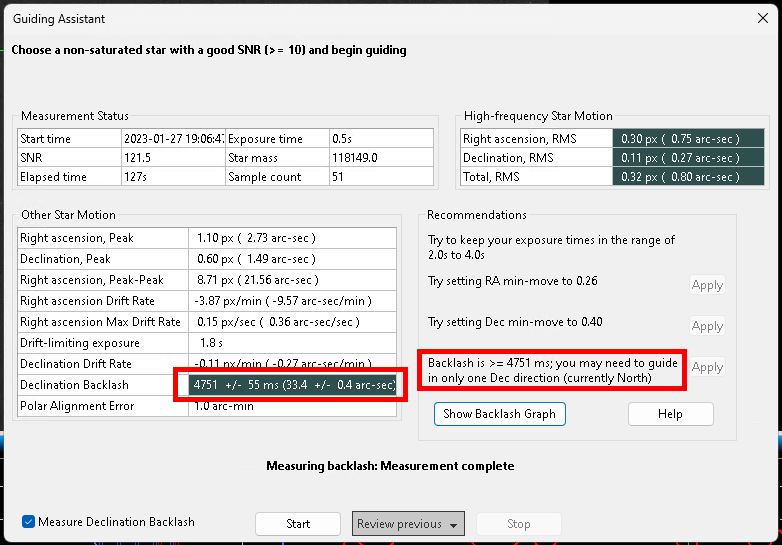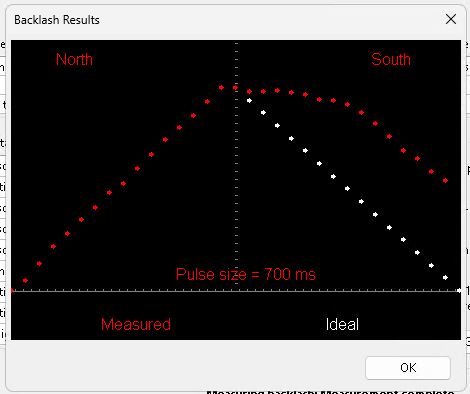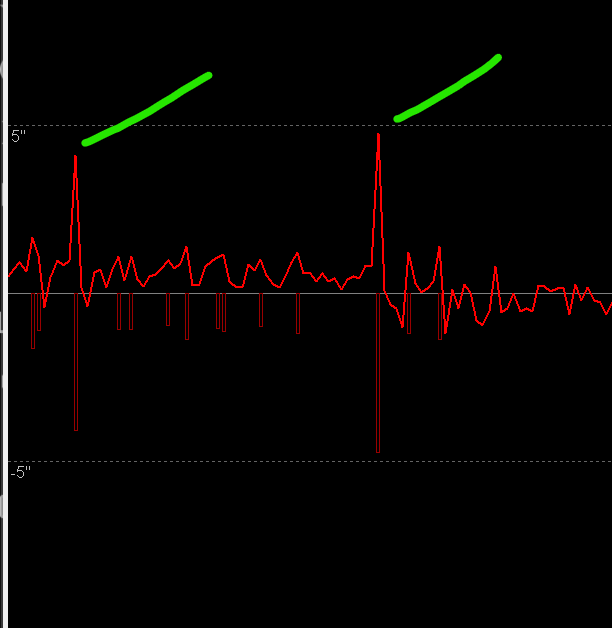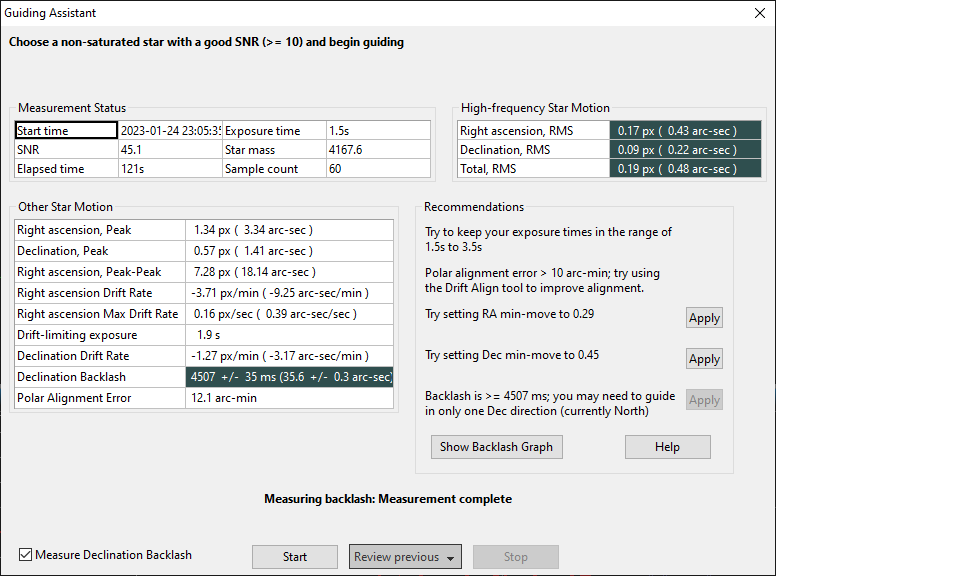Need a little help/advice with my AM5
J Lewis


Brian Valente

--
You received this message because you are subscribed to the Google Groups "Open PHD Guiding" group.
To unsubscribe from this group and stop receiving emails from it, send an email to open-phd-guidi...@googlegroups.com.
To view this discussion on the web visit https://groups.google.com/d/msgid/open-phd-guiding/131d4733-9947-4e3f-98d4-400155ad15bfn%40googlegroups.com.
J Lewis
J Lewis
Brian Valente
To view this discussion on the web visit https://groups.google.com/d/msgid/open-phd-guiding/af431b22-07f5-4634-9c7b-c2a28e202849n%40googlegroups.com.
J Lewis

Brian Valente

To view this discussion on the web visit https://groups.google.com/d/msgid/open-phd-guiding/04bff747-dda2-4048-945c-10a30adf2efcn%40googlegroups.com.
J Lewis
J Lewis
Brian Valente

To view this discussion on the web visit https://groups.google.com/d/msgid/open-phd-guiding/a09caa51-85df-434b-85fa-2b303dd719fbn%40googlegroups.com.
J Lewis
Mike Jerry

Brian Valente
To view this discussion on the web visit https://groups.google.com/d/msgid/open-phd-guiding/b7ed9f7f-d308-444c-9290-55790244b508n%40googlegroups.com.
J Lewis
J Lewis
Brian Valente
To view this discussion on the web visit https://groups.google.com/d/msgid/open-phd-guiding/936de2a2-edce-4c3e-b0b6-9f587bf6b173n%40googlegroups.com.
Mike Jerry
Mike Jerry
Bruce Waddington
The Guiding Assistant is actually measuring reversal-delay time which is not necessarily the same as mechanical backlash. It’s usually affected by pointing position and sometimes by scope imbalance. You can read more about it here: https://openphdguiding.org/man-dev/Supplemental_Info.htm#Common_mount_problems
From what I’ve seen, many of these strain-wave drive systems can be pretty inaccurate, I think some of the manufacturers are happy with RA tracking error of 20 arc-sec. And worse still, the tracking errors aren’t periodic or predictable so things like periodic error correction aren’t very effective. I think this is because the changing points of engagement between the drive elements have their own, unique manufacturing errors. I suspect this is why some of the newer products now include high(er) precision encoders in RA. I know you’re asking about Dec but I would expect the inaccuracies would apply there as well. In any case, I think the mounts may be less amenable to high-precision auto-guiding because of their lower repeatability and predictability. I think one common practice is to use shorter guide camera exposures while relying on multi-star guiding to help avoid chasing the seeing.
Good luck,
Bruce
To view this discussion on the web visit https://groups.google.com/d/msgid/open-phd-guiding/3bafd611-1adb-4ad8-a2bc-1868d142f03en%40googlegroups.com.
J Lewis
Mike Jerry
Brian Valente
To view this discussion on the web visit https://groups.google.com/d/msgid/open-phd-guiding/8e3838e3-3e89-4276-97e3-0d713925ddd2n%40googlegroups.com.
